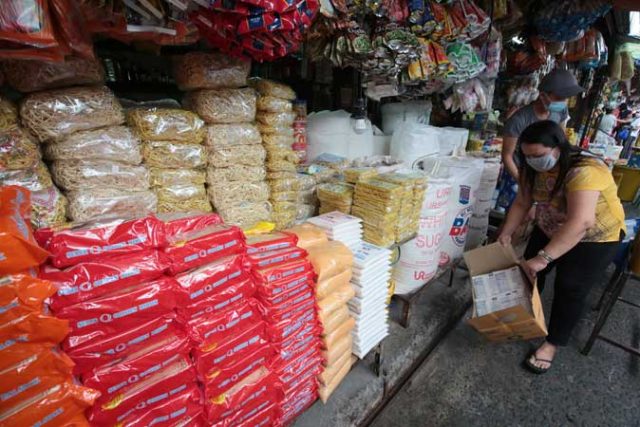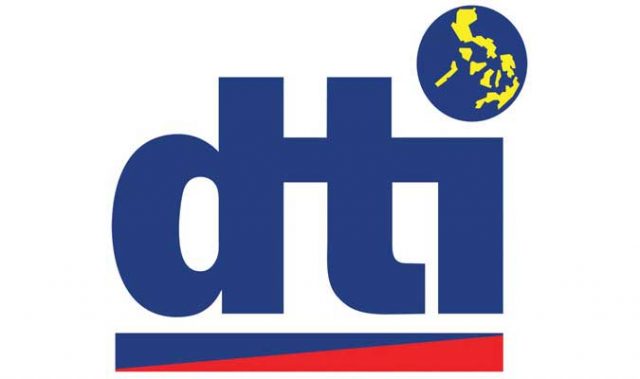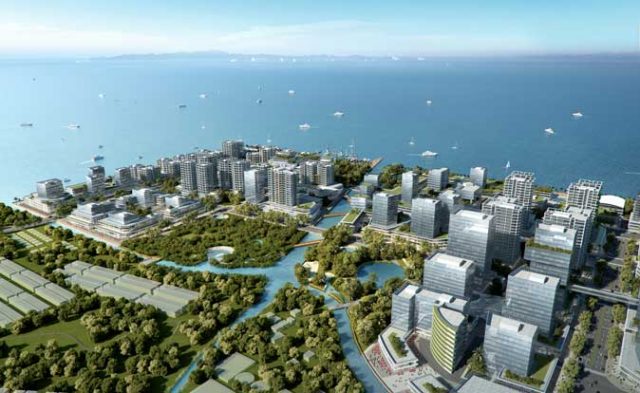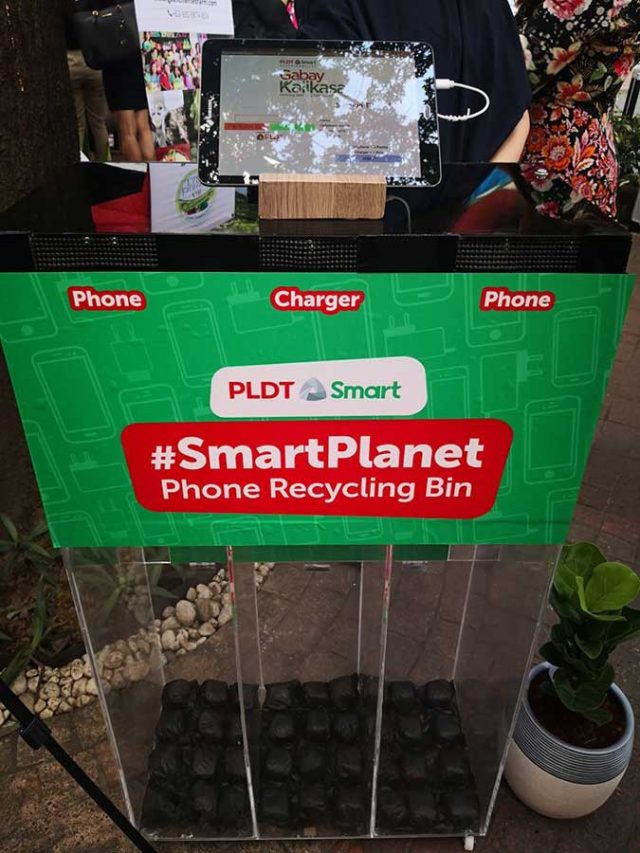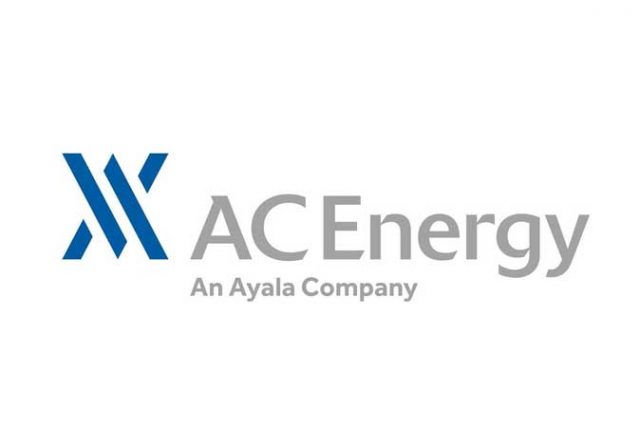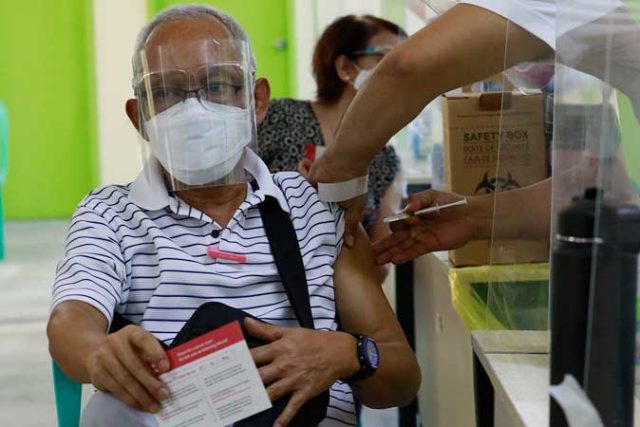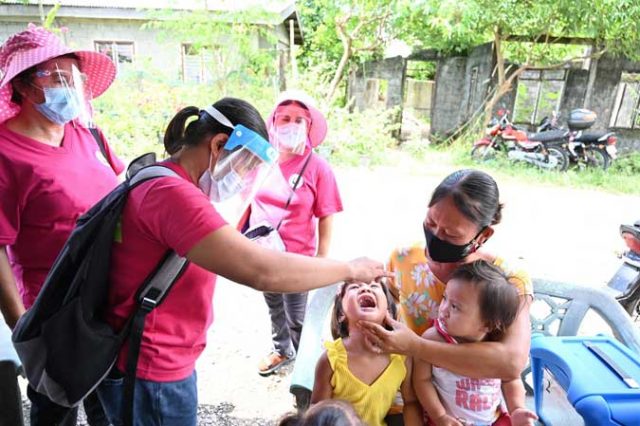Meralco rates up in June

Typical households in Metro Manila will see an increase of around P16 in their electricity bills this month, after distribution utility Manila Electric Co. (Meralco) announced a rise in overall power rates due to higher spot market prices.
In a statement on Friday, Meralco said its overall rate climbed by P0.0798 per kilowatt-hour (kWh) to P8.6718 per kWh, from last month’s P8.5920 per kWh.
A typical household is defined as one that consumes 200 kWh. Households consuming 300 kWh, 400 kWh and 500 kWh can expect to see their June bills increase by P24, P32 and P40, respectively.
Charges from the wholesale electricity spot market (WESM) were up by P1.6322 per kWh due to tight supply conditions in the Luzon grid, Meralco said.
The Independent Electricity Market Operator of the Philippines (IEMOP) earlier announced that the average power price in the WESM more than doubled in May to reach P7.72 per kilowatt hour (kWh) from P3.85 in April, following supply-demand disruptions and warmer weather.
On Friday, Meralco explained that as the summer temperatures rose and economic activity picked up, the Luzon grid’s demand climbed to 11,556 MW in May, up from the 10,425 MW recorded in April.
“The Luzon grid was placed on yellow alert on May 5, due to insufficient operating reserves as average capacity on outage remained at the 3,000 MW level…. As a result, WESM prices were persistently high for extended periods, triggering the imposition of the secondary price cap on May 4-7 and then again on 20-22,” the company said.
A yellow alert is issued when reserves fall below ideal levels. A secondary price cap is defined by IEMOP as a “price-mitigating mechanism” that aims to limit high market prices.
Meanwhile, Meralco’s generation charge inched up P0.0697 per kWh to P4.6171 per kWh on the back of higher WESM charges, the company said.
However, the increase in WESM charges was offset by lower prices from the firm’s power supply agreements (PSAs) and independent power producers (IPPs), which fell by P0.0476 per kWh and P0.0037 per kWh, respectively, as a result of improved average plant dispatch and peso appreciation.
PSAs and IPPs accounted for 52% and 42%, respectively, of Meralco’s power requirements in June. On the other hand, WESM charges comprised 6%.
According to Meralco, the transmission charge, taxes, and other charges for residential customers showed a “slight increase” of P0.0101 per kWh.
The collection of the universal charge-environmental charge of P0.0025 per kWh remains suspended, based on a directive from the Energy Regulatory Commission.
“Meralco’s distribution, supply, and metering charges, have remained unchanged for 71 months, after these registered reductions in July 2015,” it said.
The firm maintained that it does not earn from the pass-through charges, such as the generation and transmission charges.
“Payment for the generation charge goes to the power suppliers, while payment for the transmission charge goes to the NGCP (National Grid Corp. of the Philippines). Taxes and other public policy charges like the Universal Charges and the FIT-All (feed-in-tariff allowance) are remitted to the government,” Meralco said.
The utility giant earlier reported an attributable net income of P4.33 billion in the first quarter, up by 65% from P2.62 billion year-on-year despite the slump in energy sales in the commercial sector due to the pandemic’s impacts.
Shares of Meralco at the local bourse were up 0.86% or P2.4 to close at P280 apiece on Friday.
Meralco’s controlling stakeholder, Beacon Electric Asset Holdings, Inc., is partly owned by PLDT, Inc.
Hastings Holdings, Inc., a unit of PLDT Beneficial Trust Fund subsidiary MediaQuest Holdings, Inc., has interest in BusinessWorld through the Philippine Star Group, which it controls.

